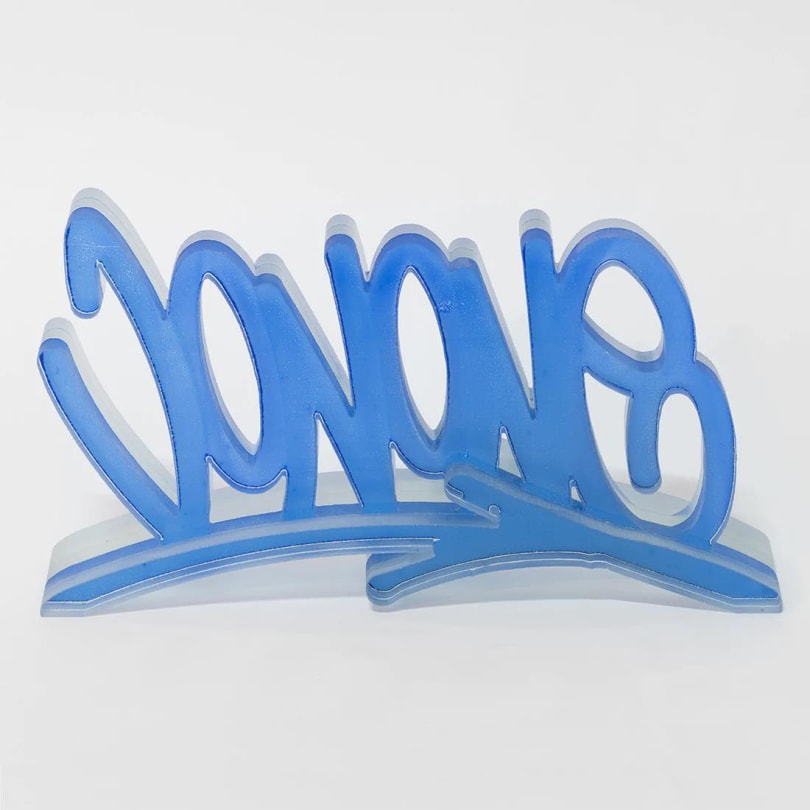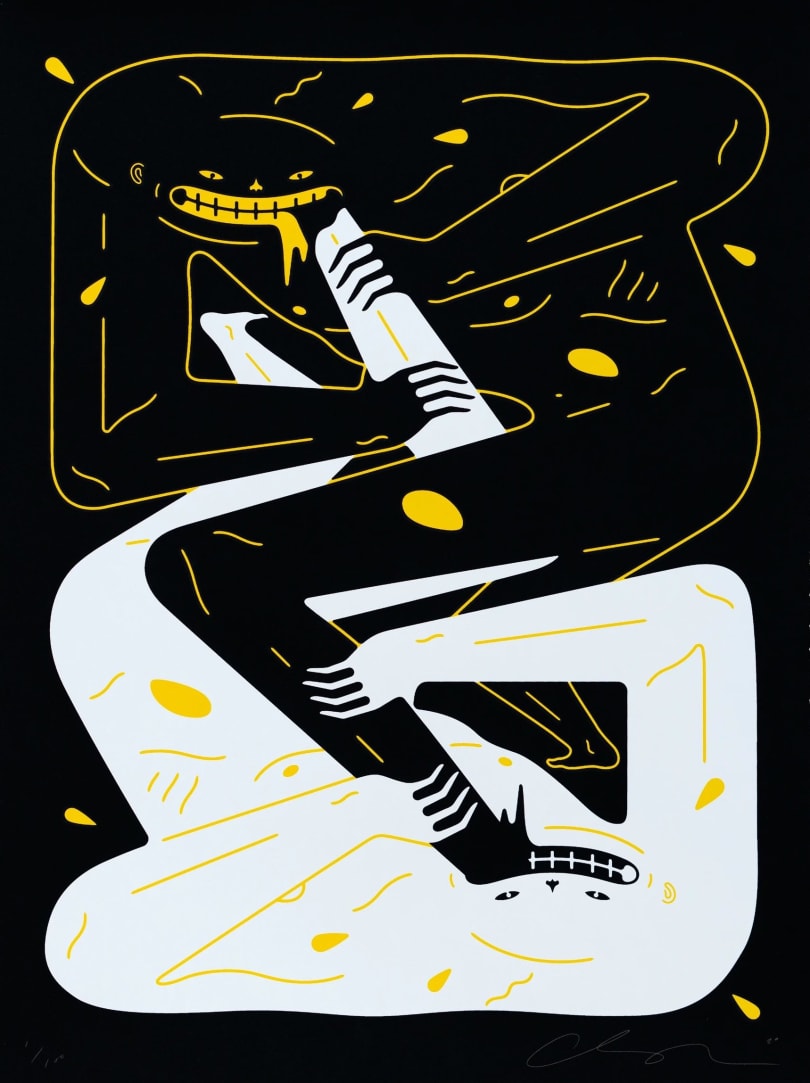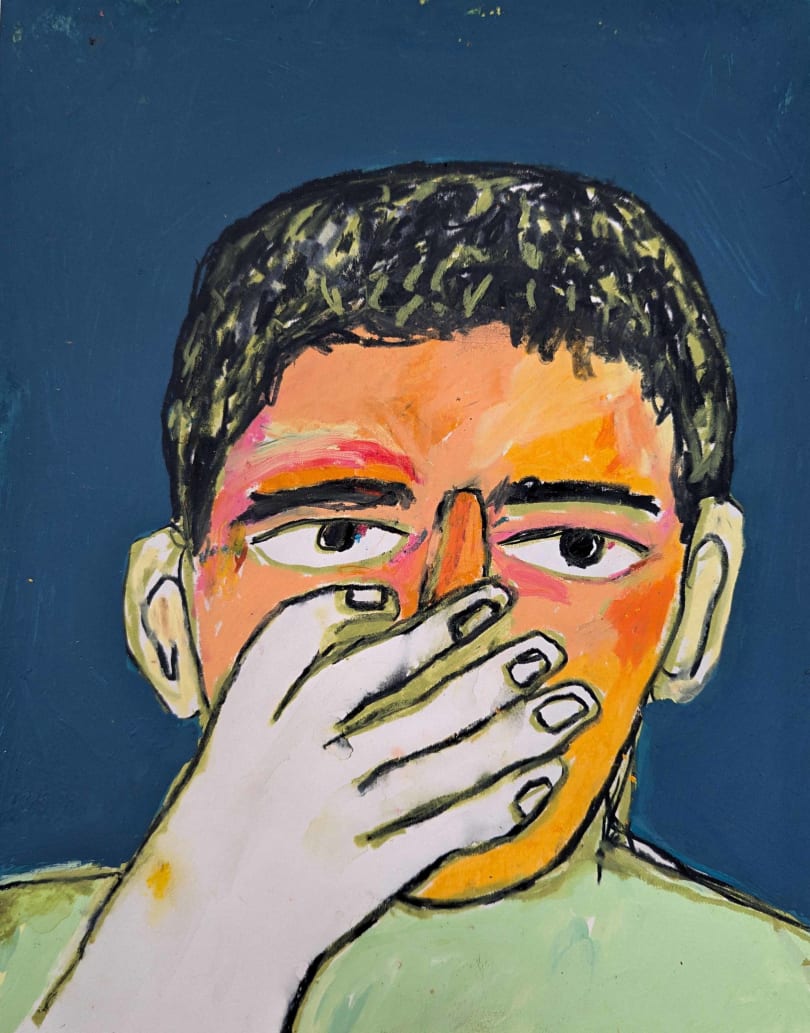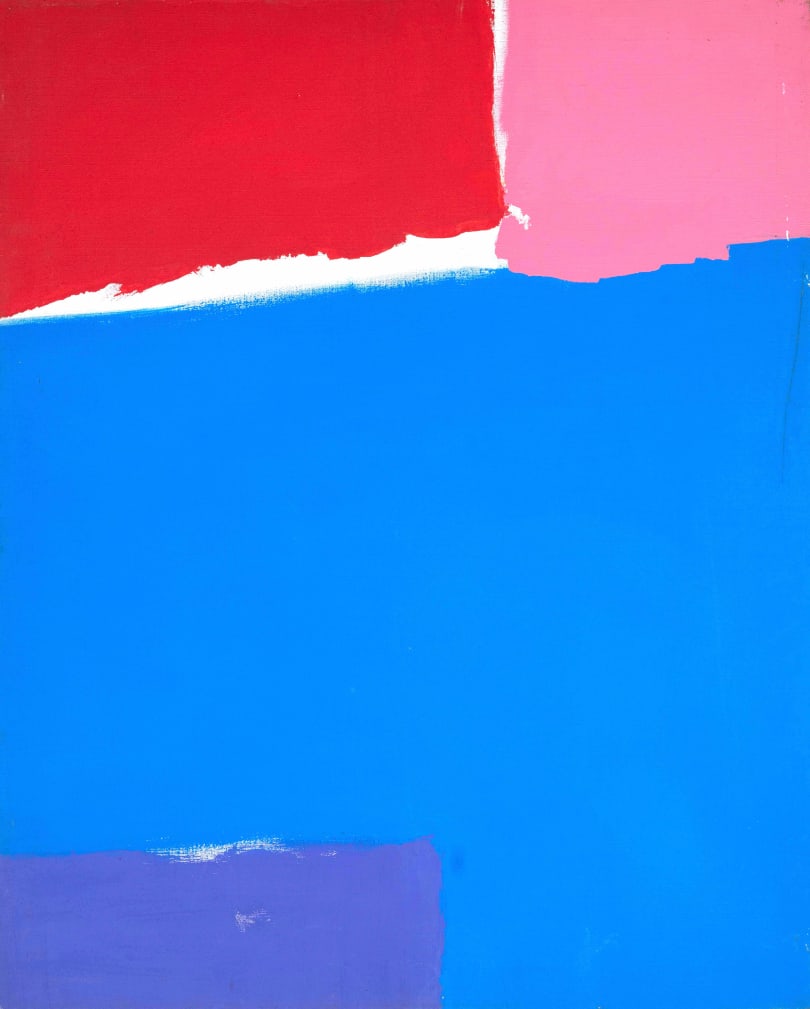
Artwork information
Category
PrintTechnique
Color lithography on paperDate
1959Dimensions
66 cm x 51 cmSignature
UnsignedProof(s) of authenticity
Sold with a certificate of origin from Mr. SagourinState of conservation
Very goodFraming
NoLocation
Paris, FranceDescription
This lithograph is a trial print from the collection of Mr. Sagourin, son of the pressman Jojo Sagourin who worked with Fernand Léger and other masters of modern art at the Mourlot printing house.
This work is annotated by Mr. Sagourin "Epreuve d'essai de l'Atelier Mourlot - 1959-".



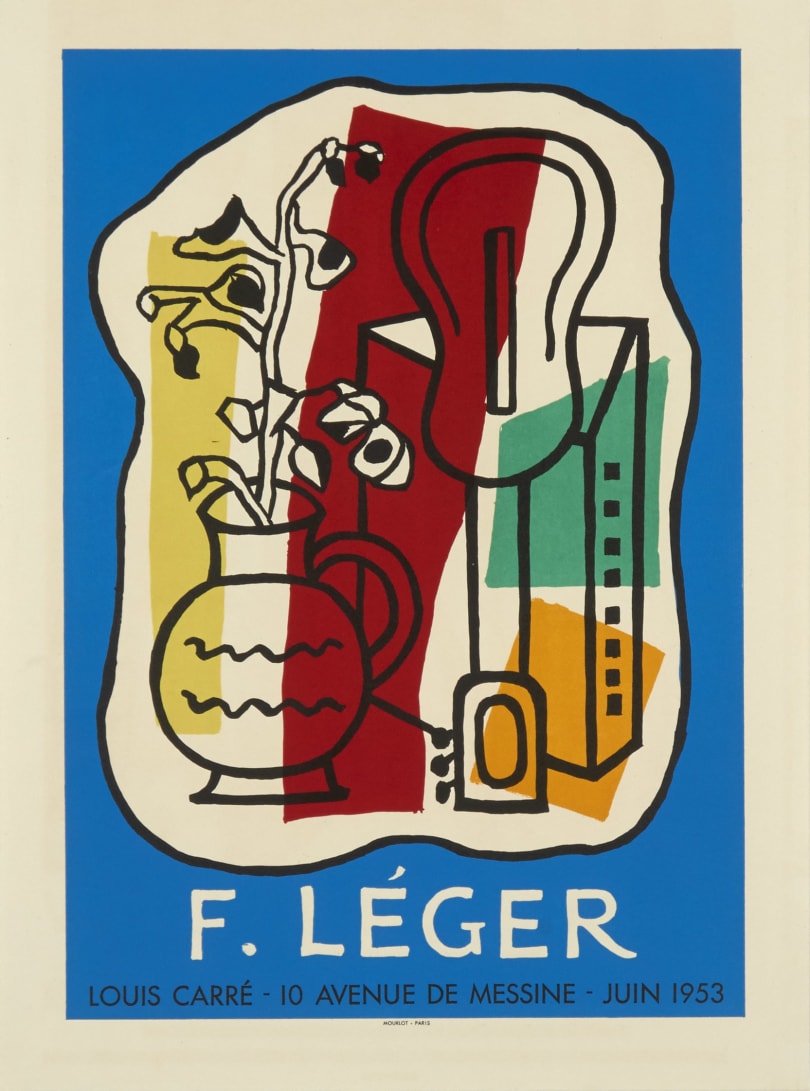

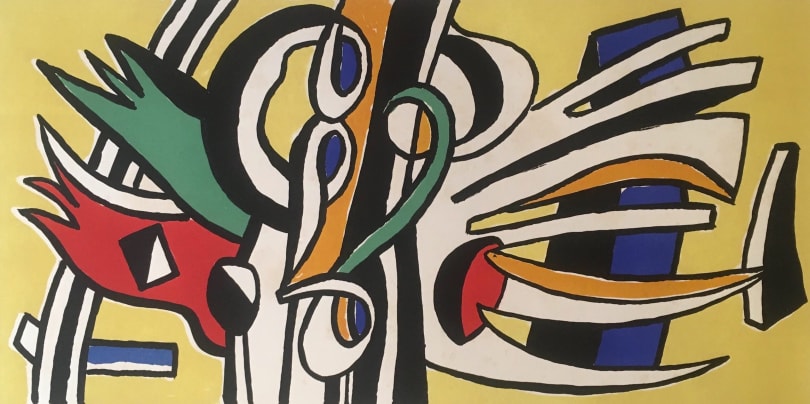

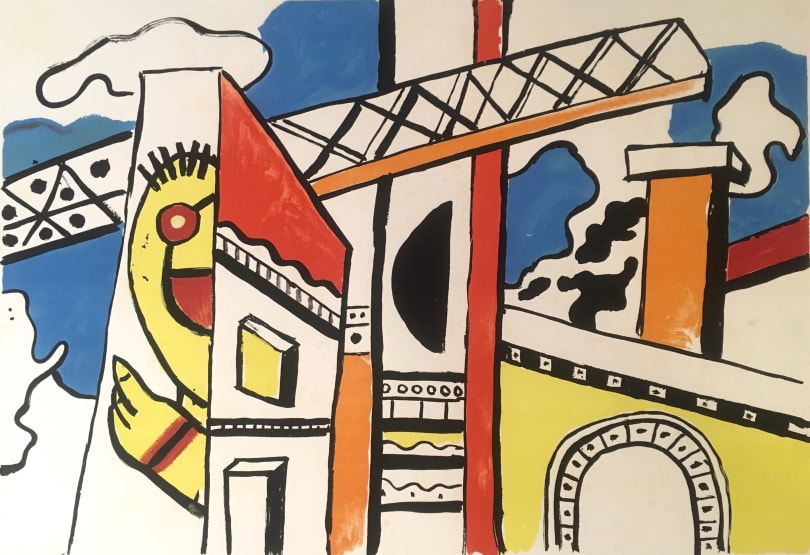





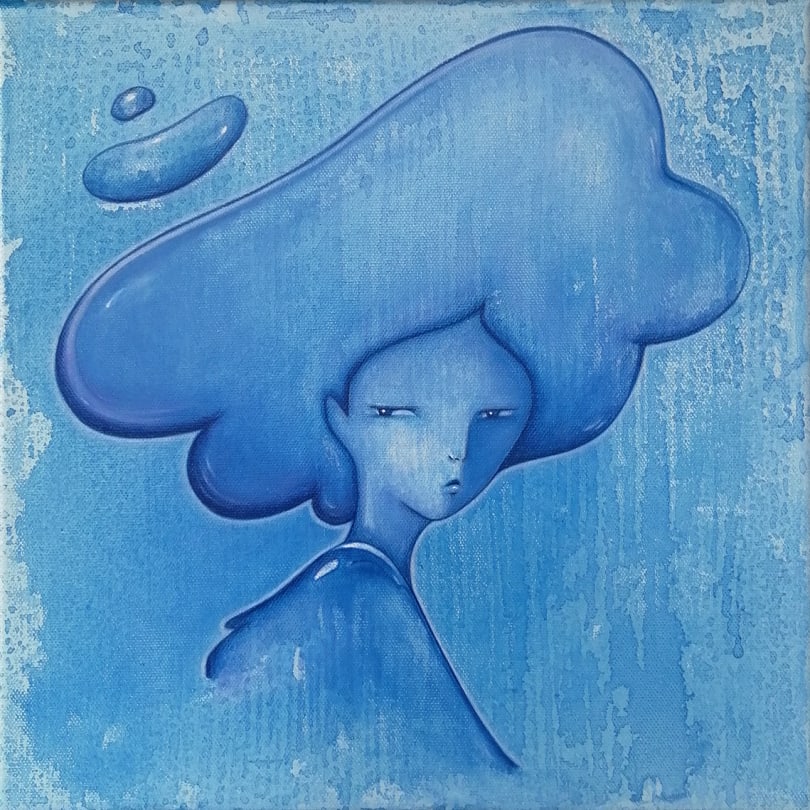



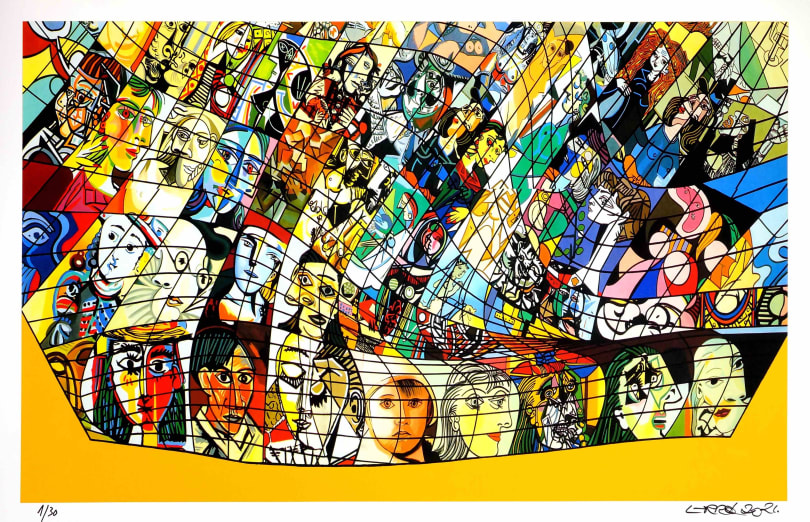
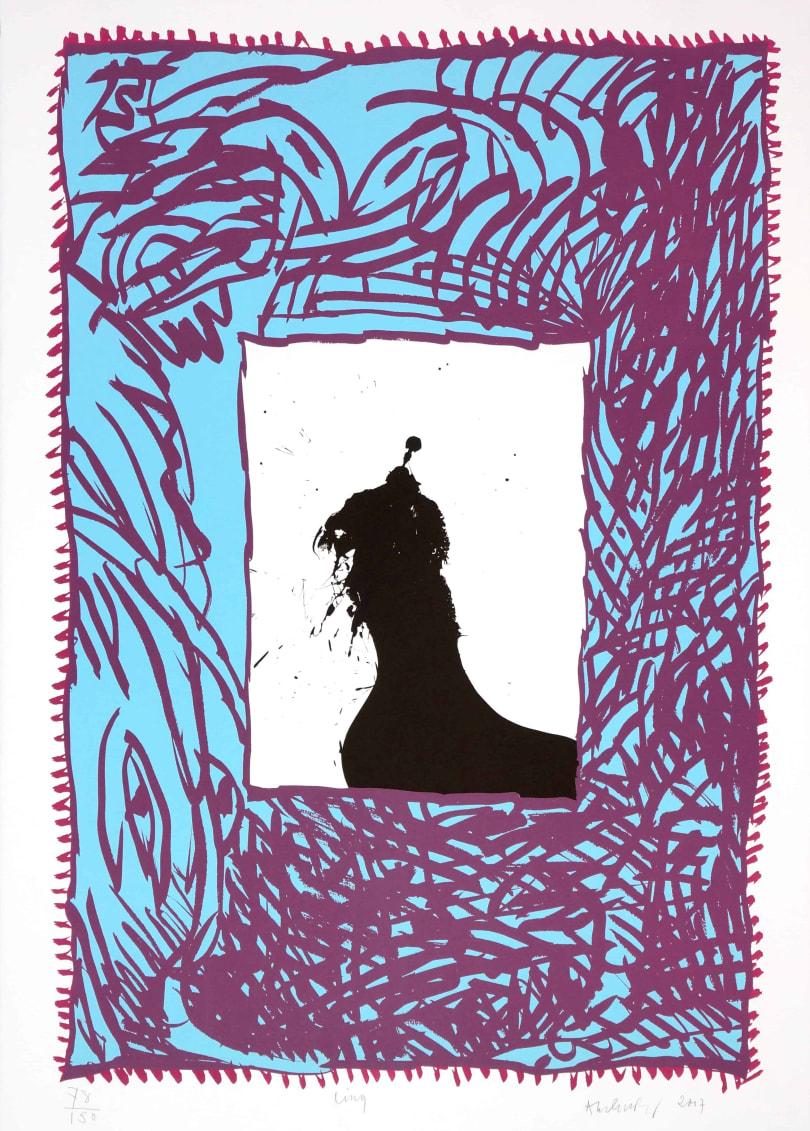







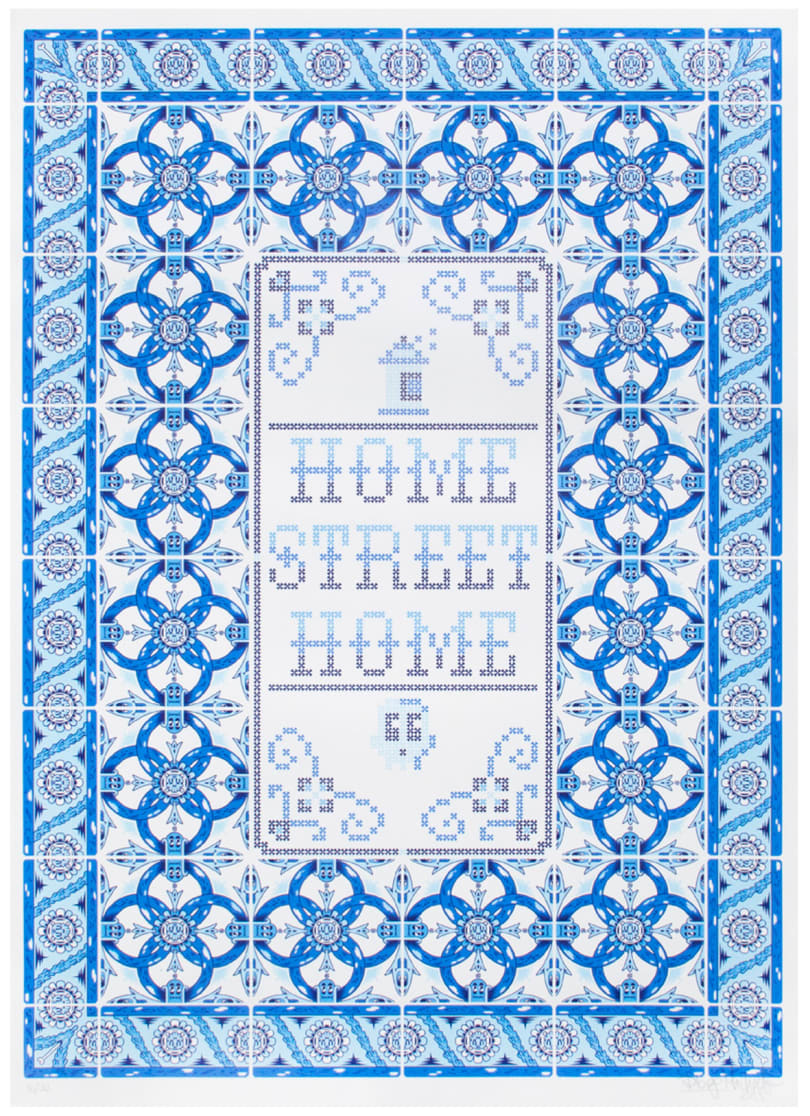


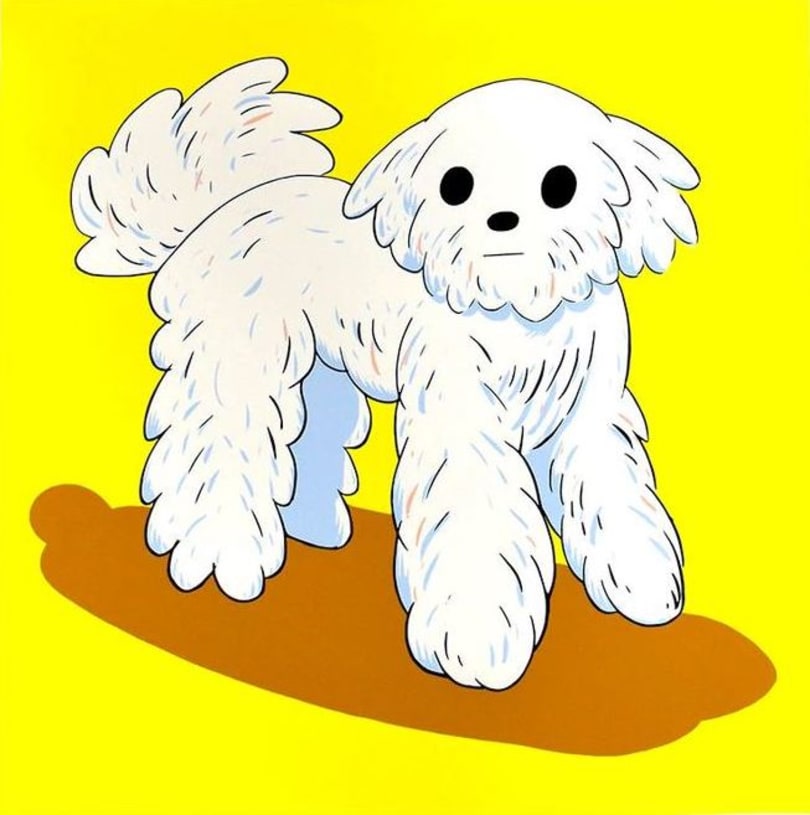
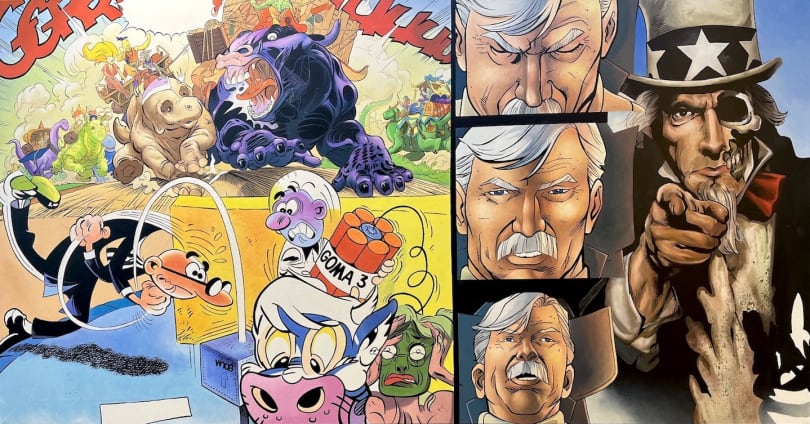


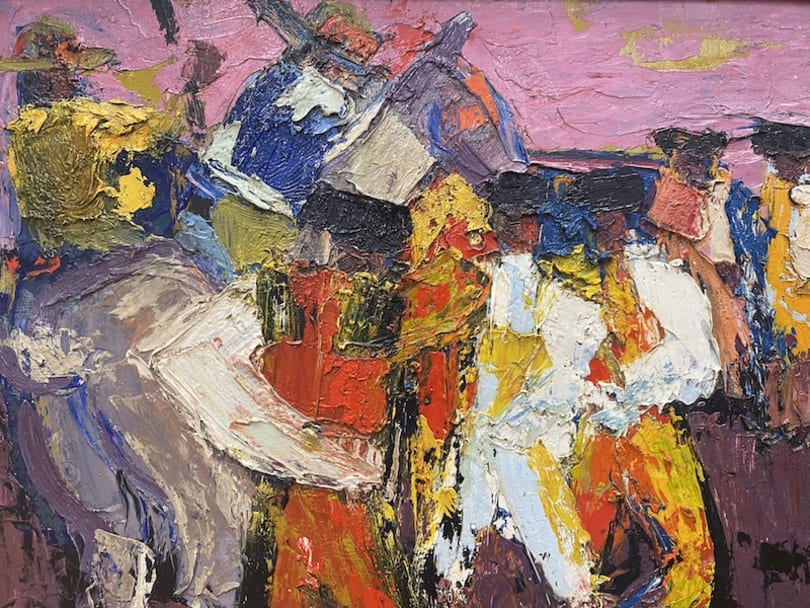
.jpg)


.jpg)


